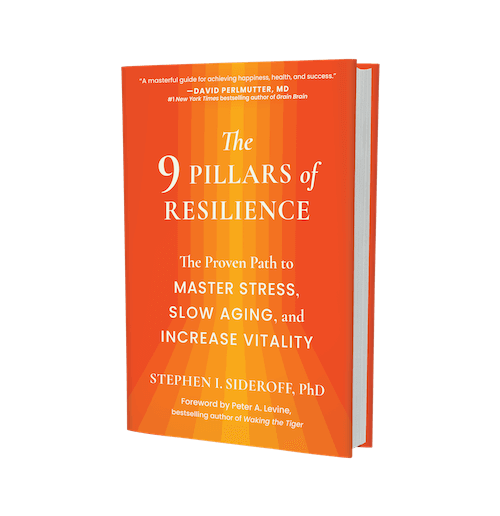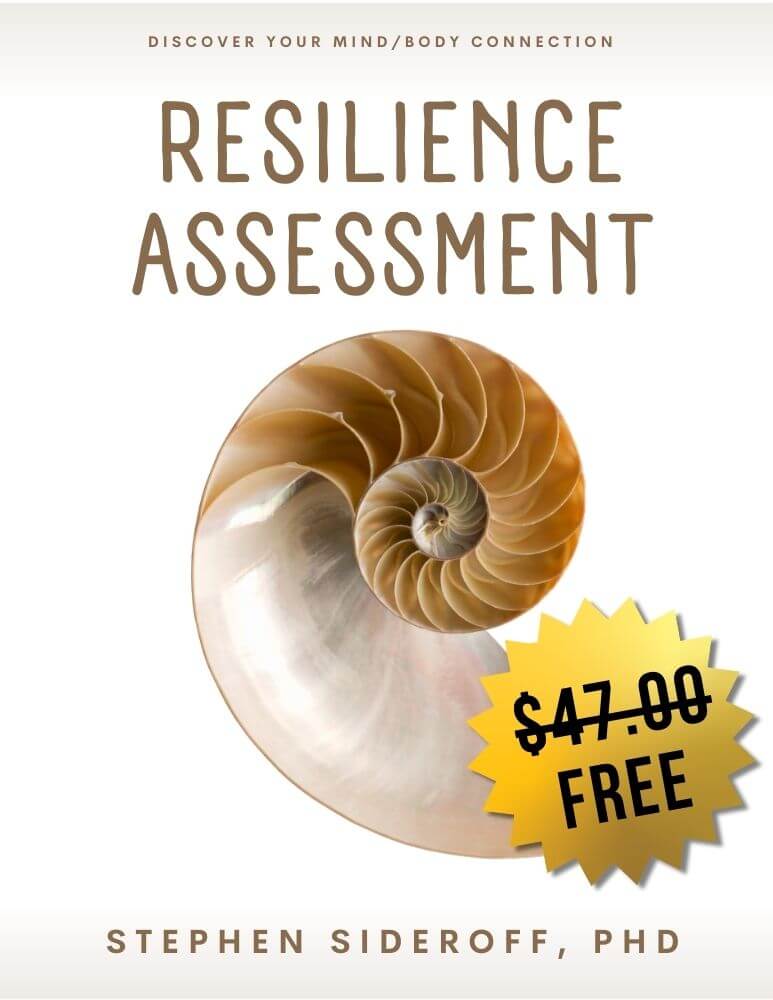Emotions can be uncomfortable, and, well, messy. There is a simple device called a galvanic skin conductance meter. It measures the moisture on the surface of your skin. You may notice at times that when you are anxious, your hands become moist or clammy. It may occur before a test or before a performance. Conversely, when you relax, your hands become drier.
This phenomenon demonstrates the extraordinary mechanisms that keep the body in balance. This is how it works: When there is danger, a challenge or simply uncertainty, your body mobilizes by triggering the stress response. When the body mobilizes for fight or flight or when your heart speeds up and muscles brace for action, your body is actually working like a factory to produce more energy. Every cell in your body, in fact, is like a tiny factory working to produce energy. It metabolizes sugars for this purpose.
Like any factory, one of the byproducts of the production of energy is heat. Homeostasis is
the process whereby your body is always monitoring levels: levels of blood pressure, levels of heart
rate, levels of blood sugar and levels of body temperature. Its mission is to keep all these levels—
well, level—within a very narrow “safe” range. When any system starts to move out of this range,
the body tries to restore the optimal level. Among those things, the body has to do something to
maintain a safe level of internal temperature, the body’s core temperature.
When fight or flight activates the body and burns fuel for this activation, the skin turns into
a giant radiator. The pores of the skin open and release moisture. When the moisture hits the air
and evaporates, it cools the body back into its optimal range.
With a galvanic skin response device, you can measure the level of moisture—actually, you
send a very tiny current from one finger to the next. The more the moisture (in other words, the
greater the stress response), the lower the resistance in the electrical circuit and the higher the tone the device creates. With relaxation and a reduction in moisture, there is a higher resistance in the circuit, and the tone goes down. This is the basis of biofeedback. This device lets you know immediately when you do something that helps you relax, as you will hear the tone go down. Conversely, it will let you know whenever you become tense, as the sound will go up. This
feedback process speeds up the learning of self-regulation.
One of the strange things that happens when someone is using this device as a biofeedback tool to relax, is that the sound will be going down as the person is going deeper into relaxation, and suddenly, there will be a slight jolt and the sound will bounce back up. This occurs because subjects get to a point in the relaxation process where they suddenly feel something that makes them uncomfortable, such that they become a bit activated, sending the biofeedback sound
back up.
If we continue with the relaxation process, the sound will reverse and come down again. But here is the interesting thing: As they get to the same point in the relaxation process, the same jolt will occur, sending activation and sound back up.
What is going on here? Why, as they are in the midst of relaxing, would this occur? The answer is that as they relax, they get to a point of calm where pushed down or ignored emotions begin coming to the surface, making them uncomfortable and triggering this activation. Most of the time, they, and many of you, are so engaged in the outside world, the world of stress, that these feelings—unfinished business from yesterday, last month or years ago—are kept at bay. They are camouflaged by busyness-until you try to relax!
Dr. Stephen Sideroff is an internationally recognized expert in resilience, optimal performance, addiction, neurofeedback and alternative approaches to stress and mental health. He is Assistant Professor in the Department of Psychiatry & Biobehavioral Sciences at UCLA’s School of Medicine, as well as the Director of the Raoul Wallenberg Institute of Ethics. www.drstephensideroff.com


